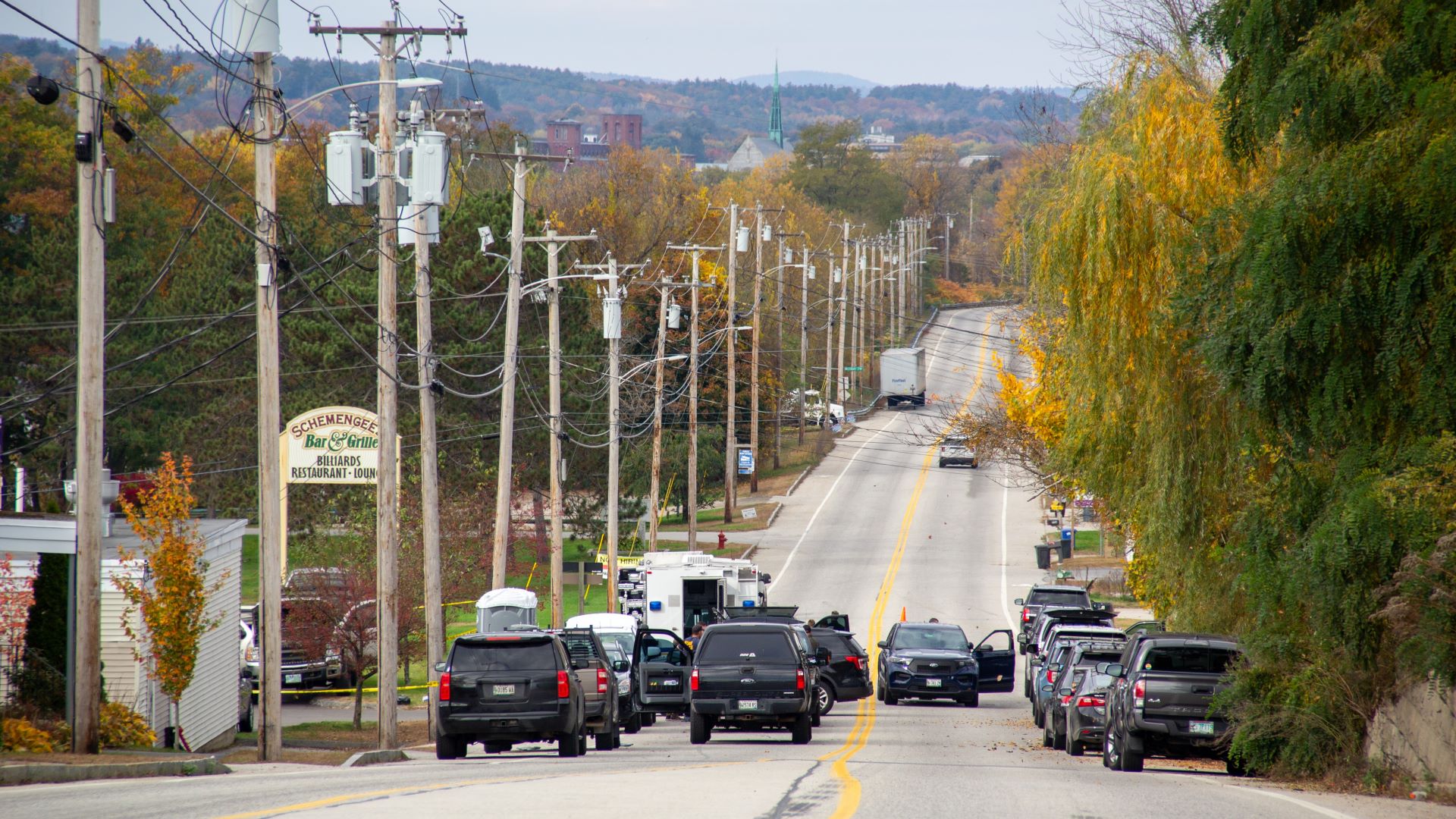It takes about 13 minutes to drive from Schemengees Bar and Grille in Lewiston to the Papermill Trail/Miller Park boat launch in Lisbon. The fastest way is along Route 196, leaving the area locals call Lincoln Street Flats, cutting southeast across the city, past businesses, homes and places of worship and into neighboring Lisbon where the road crosses the Androscoggin River.
The tree-lined streets look quintessentially New England this time of year with the leaves’ red-orange hues.
It’s not known if the Lewiston shooting suspect, Robert Card, took that route after his deadly rampage at the bar and a bowling alley on Wednesday evening. But investigators found his Subaru abandoned at the boat launch shortly before 10 p.m. that night.
He hasn’t been seen since.
With the search for Card now extending into a third day, investigators face a massive challenge: the suspect in Maine’s deadliest mass shooting has escaped in a state with an estimated 17.5 million acres of forest land and numerous rivers, vast expanses of uninhabited land dotted by small communities, farms, logging roads and two lane highways.
More than 350 law enforcement officials in Maine were taking part in the manhunt, said Mark Latti, spokesman for Maine Inland Fisheries and Wildlife. Authorities spent Friday conducting extensive searches by air and boat, said Department of Public Safety Commissioner Michael Sauschuck.
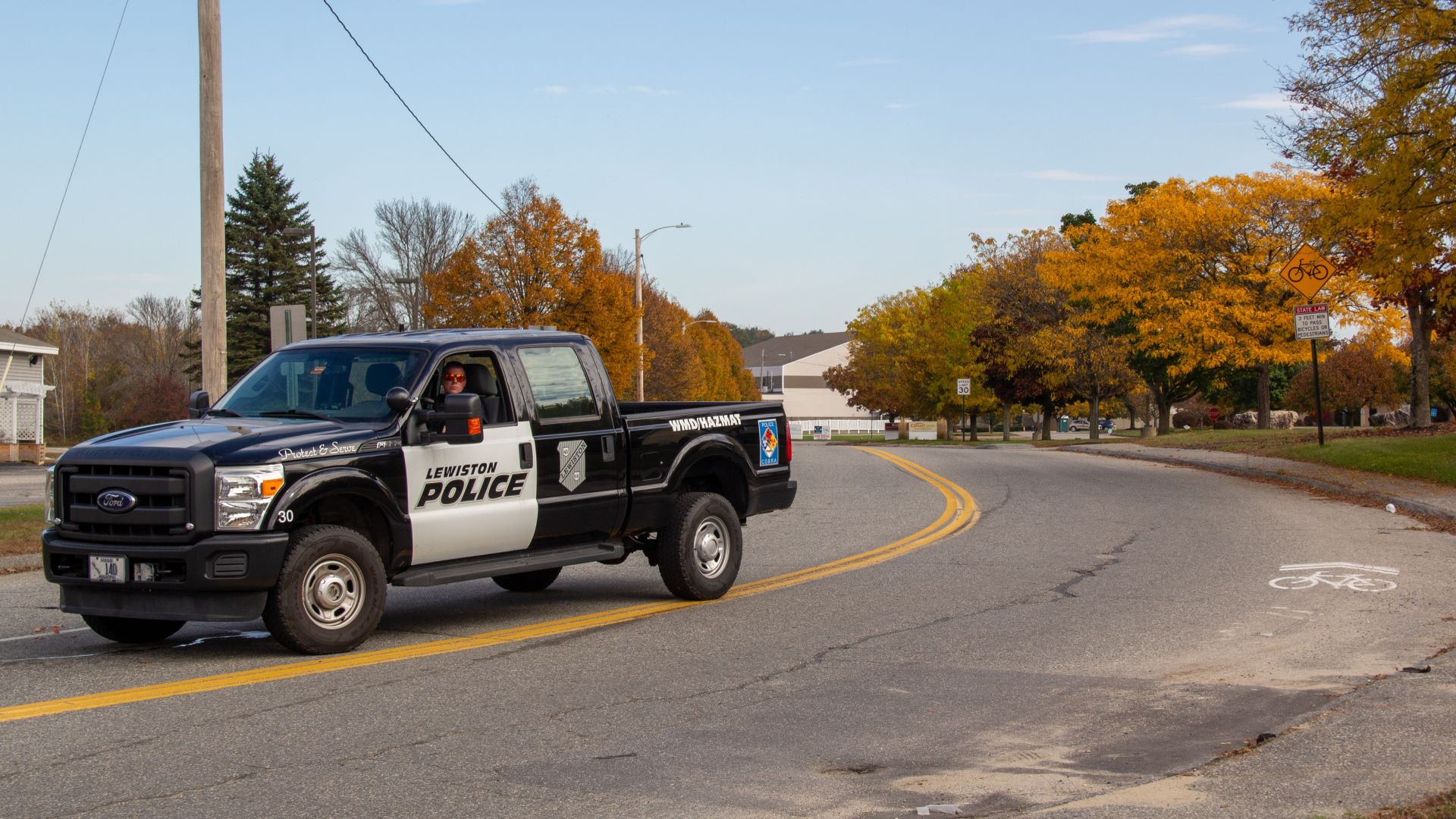
Divers with the Maine State Police, Warden Service and Marine Patrol were getting ready to search a small section of the wide and meandering Androscoggin River, which stretches from Maine’s western border at the town of Gilead, through downtown Lewiston, until it meets the Kennebec River and eventually the sprawling Atlantic Ocean.
A utility is using its dams to lower the water-level of the river in the area, but Sauschuck made it clear that would not be law enforcement’s only area of focus.
But the message from authorities on Friday was clear: they need the public’s help to locate a man they consider armed and dangerous. So far, more than 530 tips have come in from the public.
“Every minute this goes on we’re more and more concerned,” Sauschuck said. “That’s why we’re working 24/7.”
Maine has been here before
Maine’s vast wilderness and forest lands have shielded suspects from capture before. As the search dragged on Friday, the challenges ahead to locate Card evoked memories of past manhunts.
In 2015, Robert Burton, accused of killing his girlfriend, eluded capture for about nine weeks before he gave himself up. He lived in the woods in Piscataquis County, in central Maine, county officials and the Bangor Daily News said at the time.
It was the longest manhunt in state history. Tracking dogs and electronic road sign warnings were used in the extensive manhunt for Burton, the newspaper said. State police said he was suspected of hiding in the woods and stealing provisions from nearby campsites, Reuters reported at the time.
Three years later, it took officers from 200 jurisdictions during a four-day manhunt in the woods of Maine in April 2018 to locate John Williams, who was later convicted of fatally shooting Somerset County Sheriff Eugene Cole, Maine media reported at the time.
In Pennsylvania last month, convicted murder Danelo Cavalcante, 34, escaped from prison and avoided capture for nearly two weeks despite a massive manhunt to apprehend him. The New York Times reported it was a federal aircraft that detected a “heat signature” — an object giving off more heat than its surroundings — that eventually located him.
Robert Card knows the area
Robert Card’s family has lived in Bowdoin for generations, and members of the family own hundreds of acres in the area, The Associated Press reported. Officers were at a home believed to belong to Card’s brother Thursday night.
“This is his stomping ground,” Richard Goddard, who lives near the family, said of the suspect, according to the Associated Press. “He knows every ledge to hide behind, every thicket.”
Like the rest of Maine, Androscoggin and Sagadahoc counties, which were under shelter in place orders until Friday as police searched for Card, are heavily wooded, with a majority of their landmass covered by forest.
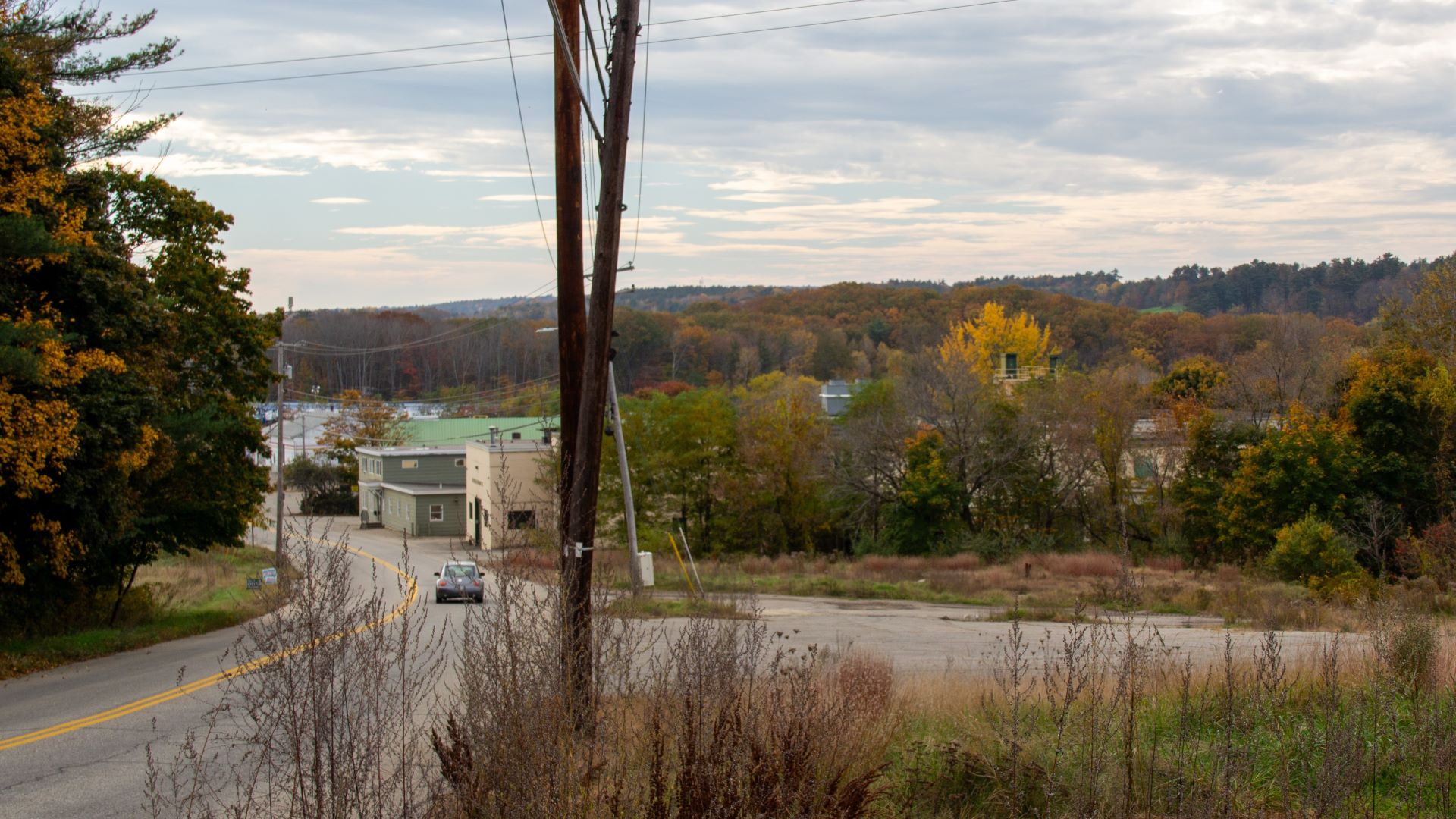
Of Androscoggin County’s roughly 307,000 acres, 63% consists of forests, according to a 2018 report from the U.S. Forest Service, compared to 60% of land in smaller Sagadahoc County.
Overall, 89% of Maine is covered by forest land, excluding water.
“We do look at all of these situations as if the individual could be there,” Sauschuck said of the focus areas for the search. “And if that’s the case, you’ll see tactical teams at some point” dressed in casual clothing “just because they’re out in the woods and they’re going to be out crawling around.”
Dense underbrush and downed trees are a couple complicating factors in searching through Maine’s varying woodlands and topography, said Bryan Courpois, a veteran search and rescue volunteer and president of Pine Tree Search and Rescue.
Gridded searches over a set tract of land can be bogged down by searchers having to stop and check underneath trees. The search can be much more efficient if the members of the team know each other well, Courpois said. That situation could be complicated when law enforcement personnel from multiple jurisdictions are on the scene.
“It’s also sometimes dictated by the experience of the ground searchers and how well that particular group has worked,” Courpois said. “If there’s some people on our team that I’ve worked with a number of times … we can probably cover an area more efficiently than we could if we had some less experienced people.”
The search area
Investigators were focused Friday on a boat launch on the Androscoggin River, using a remotely operated vehicle, or ROV, underwater to search. Divers will join the search as early as Saturday.
“They’re using, right now, a remote-operated vehicle, a ‘submersible ROV,’ which they operate with a tether from the shore and basically it’s got propulsion and the ability to change depth … They’re also going to be physically in the water with scuba divers,” Latti said in an interview with The Maine Monitor.
Latti stood on Route 196 by St. Matthew’s Episcopal Church in Lisbon near the search area along the Androscoggin River. Police would not let anyone closer to the boat launch down the road.
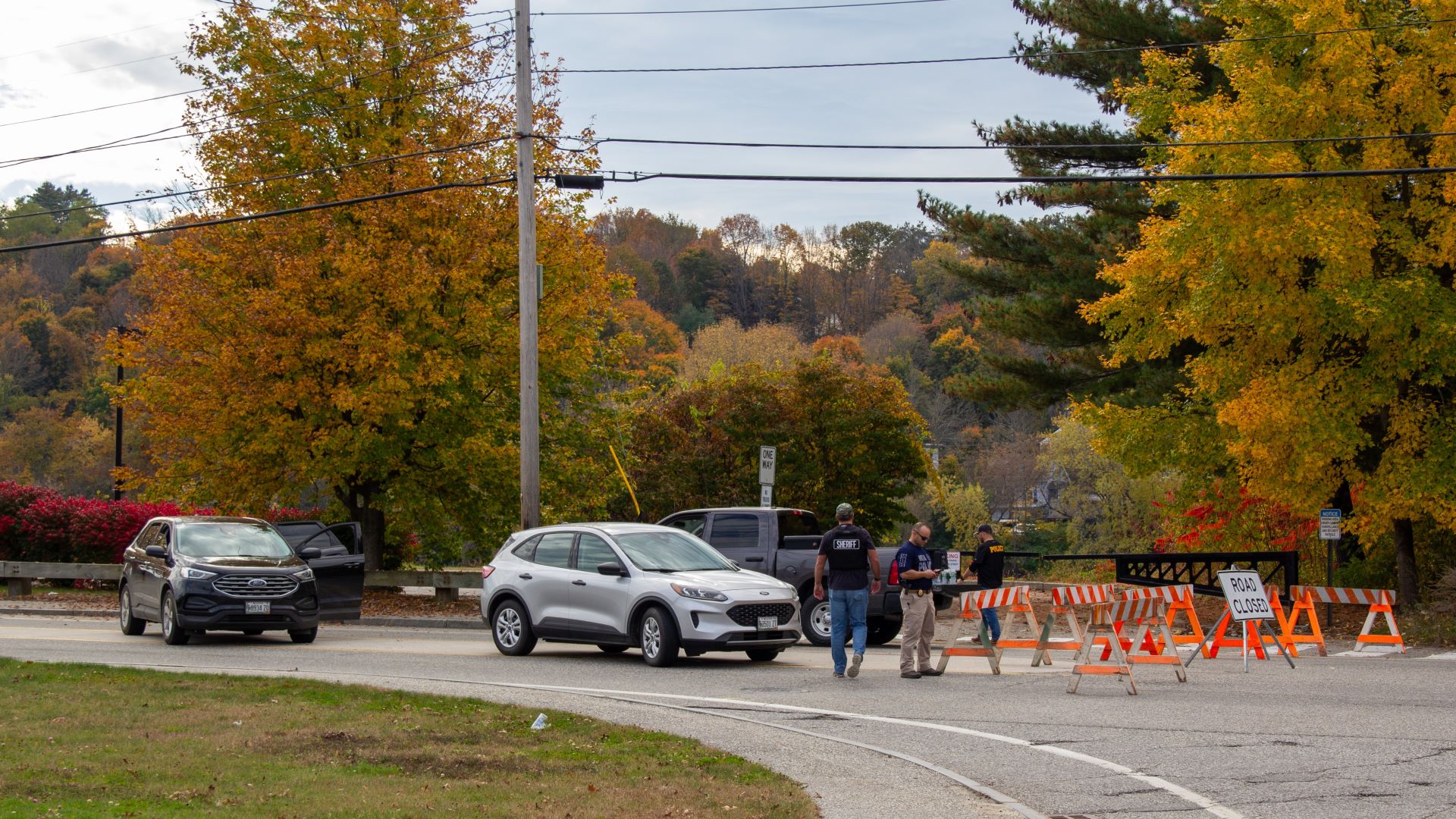
Overhead helicopters with the Maine Forest Service and New Hampshire State Police were also supporting the search for Card, Latti said. He said he did not know if the helicopters had any heat detecting equipment onboard, although the Portland Press Herald reported crews were using thermal imaging to scan the water.
That heat-detecting technology becomes less effective if a body has been submerged in a cold river like the Androscoggin, a dive rescue expert told The Maine Monitor.
Whether by air, walking along the shoreline or remotely from land each approach comes with a trade-off between the area that can be covered and the level of detail that search ultimately provides.
“The helicopters that were above can cover a lot of ground, but they can’t focus as well as somebody walking along the shoreline,” Latti said.
When dive rescue and recovery teams start searching for a person, whether dead or alive, they rely on evidence and witnesses to determine where that person was last seen in relation to the body of water, said Justin Fox, a veteran diver for Colorado public safety agencies and president of Dive Rescue International.
Without evidence of where a person enters the water, a search area expands significantly, Fox said. Rather than closing in on a certain location, investigators have to first rule out where a person is not.
“I think that there’s a lot of unknowns in this instance,” Fox said of the kinds of information investigators in Maine have at this time.
Should Card have drowned in the Androscoggin, then any targeted location effort might have to extend miles downstream with the flow of the river.
“There’s also the potential for the water to move a [drowning] victim,” Fox said. “So instead of sinking straight to the bottom, if there’s a current significant enough to move them, then they would also have to search downstream of the point last known.”
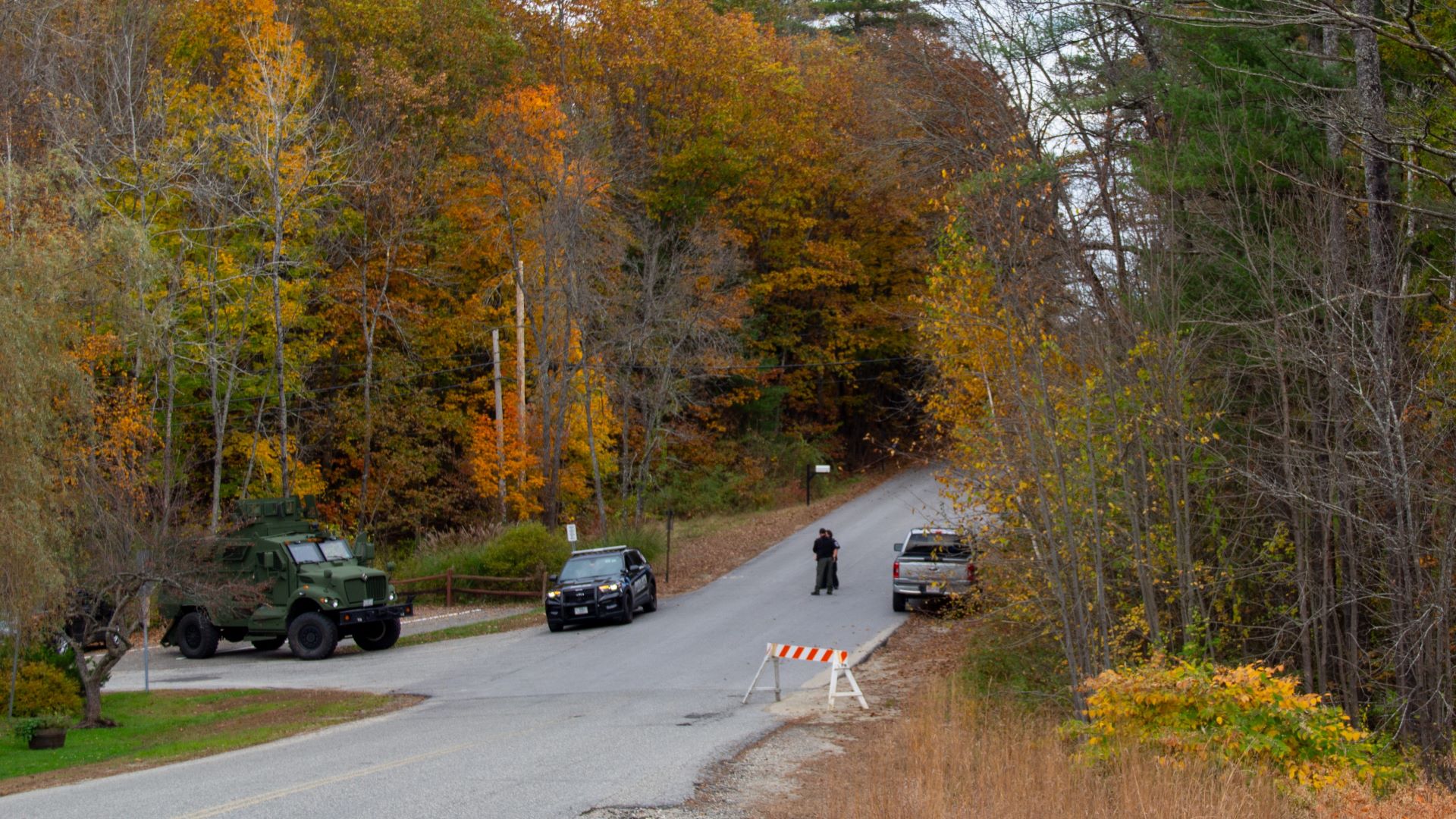
Card’s whereabouts were still unknown by Friday afternoon.
“He could be anywhere at this point,” Kenneth Gray, a retired FBI Special Agent and a senior lecturer at the University of New Haven’s Henry C. Lee College of Criminal Justice and Forensic Sciences, told the Boston Globe. “He could be in Canada. He could be down in Massachusetts. He could be anywhere in the Northeast.”
New Hampshire State Police have sent SWAT team members to assist with ground searches in Maine, said an agency spokeswoman.
Detectives with New Hampshire’s major crime unit are also helping investigators at multiple crime scenes. The Special Enforcement Unit is providing air support with its helicopter, she said.
Troopers were also providing mental health services to people involved in the shooting, and shuttling blood donations from New Hampshire hospitals to Maine hospitals.
“New Hampshire State Troopers will continue to remain vigilant and visible, especially along our Maine border until this situation is resolved,” said Commissioner Robert Quinn in a press statement. “We will provide additional resources as requested by law enforcement partners.”
What the experts say
Edward Davis, who was Boston’s police commissioner during the 2013 Marathon bombings, said the situation was somewhat similar to what occurred in his city during a days long manhunt for the suspects.
One big difference: greater Boston is an urban environment, whereas the area being searched in Maine is largely rural.
The bombings happened on April 15, 2013 and the second suspect, Dzhokhar Tsarnaev, was not located until April 19. He was hiding in a boat parked in a Watertown backyard.
During a manhunt, Davis said investigators typically set up a grid around the area to organize the search. They also scour social media and interview acquaintances to understand where the suspect might go.
Investigators would also see if the suspect had a second “switch car” or a boat they could use to evade police. They would use the suspect’s cell phone to track their location and look at surveillance video to locate them.
Card’s cell phone was found in his home by law enforcement, the Associated Press reported. Investigators also found a note.
Scott Sweetow, a longtime firearms instructor and military reservist who is now president of S3 Global Consulting, LLC, said it was apparent to him that Card had military training and knew how to handle a weapon. But he was optimistic he would be found.
“The average SWAT officer (federal, state or local) is likely to be far more proficient with long guns than this guy, and also part of a well trained team,” Sweetow said. “It may take some time, but they will eventually catch this guy.”


